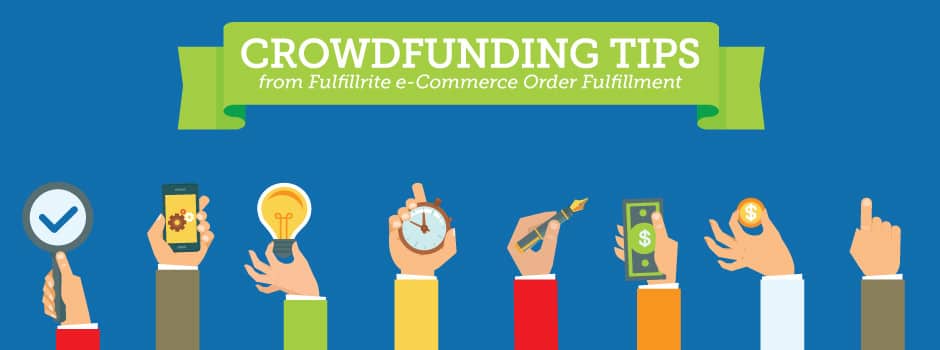We’ve spilled a lot of digital ink on the subject of Google rankings, and it’s for good reason! One of the most underrated and powerful ways to increase your eCommerce store’s sales is search engine optimization (SEO). This is true no matter what software you use.
Regardless of which shopping software you use, the basic playbook to improving Google rankings is roughly the same. But first, let’s start by talking about why Google rankings matter in the first place.
Why Google Rankings Matter
Ecommerce sales have been going through the roof ever since the pandemic started. They were growing pretty steadily before then, too, and there’s no sign that the trend is going to slow down as brick-and-mortar stores ease COVID restrictions. But just as you need a reason to go to an in-person store, so too do your customers need a reason to show up on your online shop.
As many as 93% of online experiences start with a search engine. That’s the vast majority! On top of that, Google holds 90.1% of the total search engine market share.
So, doing a bit of back of napkin math, that means that roughly five in six online experiences start with Google. Regardless of how you may feel about this stark reality, you must roll with it if you want to acquire customers.
Here’s another chestnut for you: 75% of people never scroll past the first page of search engines. That means ranking high on Google is critical if you want traffic.
Considering the size of Google and the amount of people competing for good search engine results, it’s tempting to hear statistics like this and feel discouraged. But have hope, because Google can be very kind to you as a small business owner if you know how to handle it. That brings me to:

How to Improve Your Google Ranking
No matter what software you use, much of the advice remains the same. Here, I’ll borrow from another post of ours that talks about this subject.
Rule 1: Make your site easy to use.
The first and most important thing you can do is make your website as easy to use as possible. Forget technical stuff for a minute. You want to make sure your website is easy to use on desktop, tablet, and mobile devices. Play around until you get this right – it’s really important!
Once you get mobile experience nailed down, make sure the site in general is easy to use. Also take special care to make sure it loads quickly and has secure browsing (HTTPS).
Here are a few additional resources to help:
- To figure out what’s slowing down your website, use Pingdom Tools.
- If you are having trouble getting HTTPS to work, check out Why No Padlock?
- For tips on how to improve your website’s overall experience, check out our UX guide.
Rule 2: Write long product descriptions.
Ordering something online will always require a bit of faith. From photos and text, a potential customer has to decide whether a given item will do what they want it to do. That’s part of why returns are so common in eCommerce. However, writing long descriptions helps immensely with that anxiety, which can cut down on returns.
The other upside? Long descriptions are really good for your Google search rankings. We’ve written about this subject before, so here are some simple guidelines from our prior post. You can follow thse rules to make masterful product descriptions that are sure to boost your search rankings:
- Make your product descriptions skimmable. Odds are, people won’t read the whole description. Using bullet points or headers helps a lot.
- Think about the buyer’s perspective. Some people even create buyer personas to better understand who they’re selling to. The point is: make sure you’re addressing real needs, interests, and questions with your product descriptions.
- Stay away from cliches and superlatives. “The best” or “great quality” are meaningless. Specific features such as “waterproof up to 100 meters” are very useful.
- Add social proof. If you have good reviews or testimonials, work them into the product description. Show that real people actually like what you’re selling!
- Write long descriptions. Descriptions over 1,000 words in length tend to rank best in Google.
- Use relevant keywords. Pay attention to the words that best-selling products in your sector use. Identify and use those keywords too.
- Use influential words. According to this article on Buffer, there are a handful of words that work better than others in copywriting. Work them into your descriptions when it makes sense and is natural to do so.
- Check your spelling, grammar, and the accuracy of your description. Obvious, but easy to forget!
- Add high-quality product photos. Combining great product photos and long product descriptions helps your potential customers really understand what they’re purchasing.
- When in doubt, A/B test. You may sometimes find yourself torn between two different versions of a product description. If that’s the case, try them both and see what works better.
Rule 3: Master long-tail keywords.
Remember how we said that the majority of online experiences start with a search engines, specifically Google, and even more specifically the first page of Google results?
So what do you do in a world where you have to fight your way up crowded Google rankings to get seen?
The answer is surprisingly simple: go for easier Google keywords. This is a very common SEO practice, and it works very well. Search phrases that are four or more words in length can be considered long-tail keywords. Try to title your pages in such a way that you rank well for long-tail keywords.
Need help deciding which long-tail keywords to go after? Try the Google Keyword Planner and also try Google and Amazon’s autosuggestions. All three tools are very good at predicting the odd things that people search for.
Rule 4: Get technical stuff right.
Talking about technical SEO can get very complex very quickly. Much of this falls within the purview of digital marketers and agencies, but you can accomplish the basics yourself with a little patience.
First, make your website is laid out in a sensible way. For example, people need to be able to reach most of the pages on your site within a few clicks. In particular, the pages linked in the top navigation of your website need to be useful. If it takes too many clicks to get to the important parts of your website, Google will reduce your search ranking. (If you want to research this subject further, look up “website architecture”).
Next, you’ll want to make sure that you’re taking advantage of structured snippets. That’s the information that shows up on the right side of the screen when you look up certain phrases on Google when using a desktop machine. Shopify, Wix, WooCommerce, and all the other major online store options all have apps and plugins that can help you set up structured snippet data.
Once you do these things, check out SEO Site Checkup. They’re always updating their tools, and they can help you find specific technical problems on your online store and help you find ways to resolve them.
Rule 5: Network and promote.
Finally, one of the best ways to improve your Google ranking is to get more people to link to you. This can be done by general networking and marketing. That said, if you want to get really specific, here are four actions you can take to get links out there online.
- Sign up for Google My Business. It’s an easy way to get Google to list your business, even if it’s not the same as showing up for certain search queries.
- Reach out to your local media. If you’re doing something newsworthy, get your local press to cover your company. Odds are, they’ll include links to your website on their reputable news websites. Google likes reputable news websites, even small local ones!
- Engage in content marketing. Be it blog posts, videos, or social media, giving people something to read, watch, or listen to gives people more reasons to read your stuff. It also gives people reasons to share your work too!
- Work on link building. Reach out to similar companies and either swap content with them or set up a partnership page. That way, you can both link back to one another’s websites in a way that makes sense.
Final Thoughts
One of the cost- and time-effective ways to boost your online store’s sales is to focus on improving Google rankings. Thankfully, Google rankings don’t have to be a big mystery. By taking some of the actions outlined above, you can prime your website to show up when people are looking for it, letting you take advantage of demand that already exists!
- Make your site easy to use
- Write long product descriptions
- Master long-tail keywords
- Get technical details right
Read more on the Fulfillrite blog





